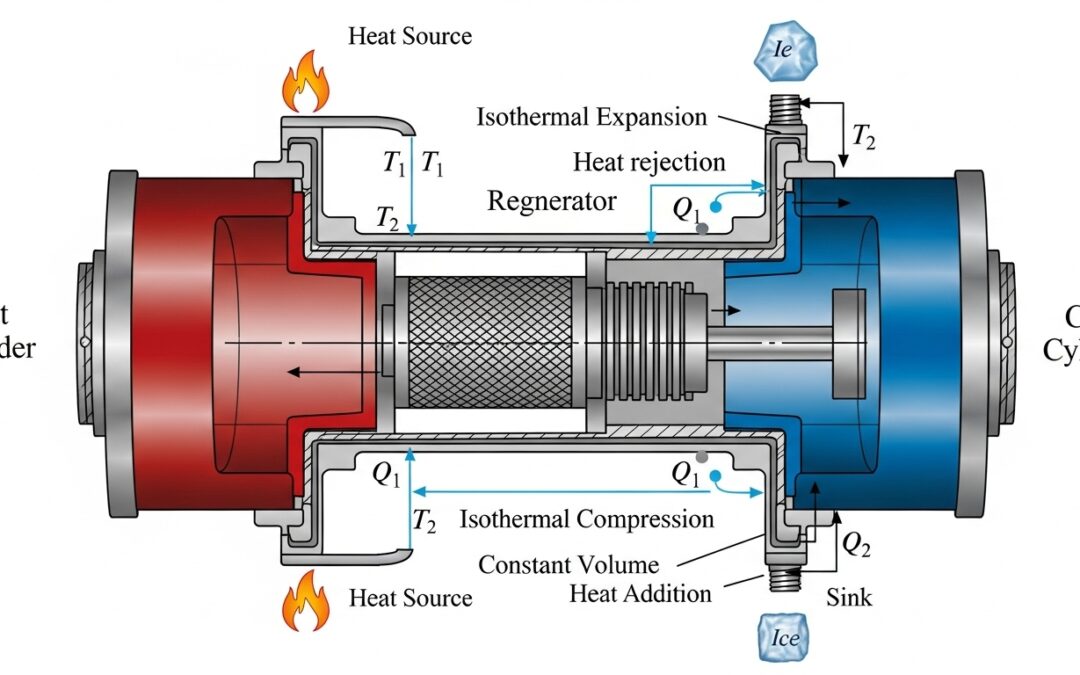Have you ever gazed at the night sky and wondered about the dramatic events unfolding in the cosmos? The answer, in part, lies in understanding Supernova Explanations and Insights. These stellar explosions, the explosive deaths of stars, are among the most awe-inspiring phenomena in the universe. They’ve captivated astronomers for centuries, offering a unique window into the life cycle of stars, the creation of elements, and the very fabric of space-time. From ancient observations to the cutting-edge capabilities of the James Webb Space Telescope, studying Supernova Explanations and Insights has revolutionized our understanding of the cosmos.
Table of Contents
This article will delve into the fascinating world of supernovae, exploring their different types, origins, and the profound impact they have on the universe. We’ll examine how these cosmic fireworks illuminate the processes that shape galaxies and the elements that make up everything around us. Moreover, we’ll discuss the role of advanced telescopes, like the JWST, in providing us with unprecedented Supernova Explanations and Insights, helping us to unravel the mysteries of these stellar explosions and their significance in the grand scheme of cosmic evolution.
We also Published
The Grand Spectacle of Supernovae: Unveiling Cosmic Fireworks
For millennia, the human gaze has been drawn skyward, captivated by the celestial ballet of stars. Among the most dramatic performances in this cosmic theater are supernovae, the explosive deaths of stars. These events, once termed “guest stars” by ancient observers, have long fascinated astronomers, offering a glimpse into the life cycle of stars and the very fabric of the universe. From the earliest recorded observations to the cutting-edge discoveries of the James Webb Space Telescope, the study of supernovae has revolutionized our understanding of cosmic evolution, element creation, and the expansion of the cosmos. The fleeting brilliance of a supernova, a star’s final, magnificent act, provides invaluable insights into the processes that shape galaxies and the universe itself. The following discourse will delve into the nature of these stellar explosions, exploring their origins, types, and the profound impact they have on the cosmos, as well as the cutting-edge technology being employed to observe and study these celestial events. The exploration of supernovae reveals not only the death of stars but also the birth of elements and the ongoing evolution of the universe.
The allure of supernovae lies in their transient yet spectacular nature. Unlike the slow, steady glow of most stars, supernovae erupt with a blinding intensity, briefly outshining entire galaxies. Ancient civilizations, lacking the sophisticated tools of modern astronomy, meticulously documented these appearances, often attributing them to celestial omens. The Chinese, for instance, recorded a “guest star” in 1054 AD, a supernova that would later become known as the Crab Nebula. These early observations, though lacking in scientific context, laid the foundation for future investigations. The challenge for early astronomers was the ephemeral nature of these events. The absence of lasting traces made it difficult to study their nature. The invention of the telescope, and later, advanced spectroscopic techniques, provided new insights, revealing the remnants of these stellar explosions and allowing astronomers to begin deciphering the processes that lead to their dramatic demise. The quest to understand supernovae has been a journey of discovery, transforming our perception of the cosmos and our place within it.
Unraveling the Stellar Demise: The Two Primary Types of Supernovae
The study of supernovae reveals a surprising diversity in their origins and mechanisms. These cosmic fireworks are not a monolithic phenomenon but rather a family of events, each with its own unique characteristics. The two primary types, Type Ia and Type II, represent distinct pathways to stellar death, each providing valuable information about the stars that produce them. Type Ia supernovae, for example, are often triggered by the interaction of white dwarf stars, the dense remnants of sun-like stars. When a white dwarf accretes matter from a companion star, it can reach a critical mass, leading to a runaway nuclear fusion reaction that obliterates the star in a spectacular explosion. This process is remarkably consistent, making Type Ia supernovae “standard candles” – objects with a known luminosity that can be used to measure cosmic distances. The ability to measure distances to faraway galaxies is a crucial tool for understanding the expansion of the universe.
In contrast, Type II supernovae are the dramatic end for massive stars, those significantly larger than our sun. These stars burn through their nuclear fuel at an accelerated rate, eventually exhausting their supply. When the core of a massive star runs out of fuel, it can no longer generate the outward pressure needed to counteract the inward pull of gravity. The core collapses in a fraction of a second, triggering a shockwave that blasts the star’s outer layers into space. This core-collapse process is responsible for the creation of many of the heavier elements in the universe, including those that make up our own bodies. The study of Type II supernovae offers insights into the evolution of massive stars and the processes that seed the cosmos with the building blocks of life. The identification of nearby candidates, such as Spica and Betelgeuse, provides a sense of anticipation for the next cosmic fireworks display. The diverse nature of supernovae, therefore, provides a wealth of information about the life and death of stars, the creation of elements, and the evolution of the universe.
From Stellar Remnants to Cosmic Elements: The Legacy of Supernovae
The impact of supernovae extends far beyond their fleeting brilliance. These stellar explosions are not just spectacular displays of cosmic fireworks; they are also fundamental drivers of cosmic evolution. One of the most significant contributions of supernovae is the creation and dispersal of heavy elements. During the core collapse of a massive star, or during the thermonuclear explosion of a white dwarf, nuclear fusion processes forge elements heavier than iron. These newly synthesized elements are then ejected into space, enriching the interstellar medium, the raw material from which new stars and planets are formed. This process, known as stellar nucleosynthesis, is responsible for the creation of all the elements heavier than helium, including the oxygen, carbon, and nitrogen that make up living organisms. Without supernovae, the universe would be a much simpler place, devoid of the complex chemistry that allows for life as we know it. The study of supernova remnants, such as the Crab Nebula, provides a direct link to the processes of element creation.
The remnants of supernovae also play a crucial role in shaping the interstellar medium. The shockwaves generated by these explosions can compress and heat the gas and dust, triggering the formation of new stars. These shockwaves can also sweep up the interstellar medium, creating vast bubbles of hot gas that can influence the distribution of matter in galaxies. Furthermore, supernovae are a source of cosmic rays, high-energy particles that bombard the Earth and other planets. The study of supernova remnants, such as the Crab Nebula, provides a direct link to the processes of element creation. The detection of unstable isotopes, like iron-60, in polar ice cores and sediment samples, provides compelling evidence of past nearby supernovae and their impact on our solar system. The legacy of supernovae, therefore, is a testament to the interconnectedness of the cosmos, demonstrating how the death of stars can give rise to new stars, new elements, and ultimately, the potential for life.
The Dawn of a New Era: Telescopes and the Future of Supernova Research
The quest to understand supernovae has been greatly advanced by technological innovations, particularly in the realm of telescopes. Ground-based observatories, with their large mirrors and sophisticated instruments, have played a crucial role in detecting and studying these events. However, the limitations imposed by Earth’s atmosphere have spurred the development of space-based telescopes, which offer a clearer view of the cosmos. The Hubble Space Telescope, for example, has provided stunning images of supernovae in distant galaxies, allowing astronomers to study their properties in unprecedented detail. The Hubble Space Telescope has captured images of supernovae located millions of light-years away, expanding our knowledge of these events. The James Webb Space Telescope (JWST), the most powerful space telescope ever built, is revolutionizing the field of supernova research. Its ability to observe in infrared light allows it to peer through dust clouds, revealing the faintest and most distant supernovae.
The JWST is not only detecting more supernovae than ever before but also providing detailed information about their properties, including their types, luminosities, and the elements they have created. The results from the JADES program, for example, have identified ten times more supernovae from the early universe than previously known. The JWST’s sensitivity is enabling astronomers to find supernovae and other transients in almost every direction, opening up new avenues for research. This is a significant step toward more extensive supernova surveys with Webb. This is a significant step toward more extensive supernova surveys with Webb. The future of supernova research is bright, with ongoing advancements in telescope technology and data analysis techniques. The James Webb Space Telescope is just the beginning. The ongoing exploration of supernovae is a testament to human curiosity and the relentless pursuit of knowledge. The ongoing exploration of supernovae promises to unveil even more secrets of the cosmos, further illuminating the nature of these spectacular stellar events and their profound impact on the universe.
We also Published
RESOURCES
- Final supernova results from Dark Energy Survey offer unique …
- A New Insight into the Observations and Analysis of Type Ia …
- Spectacular ultraviolet flash may finally explain how white dwarfs …
- New insights about the brightest explosions in the Universe
- The Dark Energy Survey Supernova Program: Cosmological …
- Spectacular Ultraviolet Flash May Finally Explain How White Dwarfs …
- Magnetorotational supernovae: a nucleosynthetic analysis of …
- The Carnegie Supernova Project I – Spectroscopic analysis of …
- Twins for life? A comparative analysis of the Type Ia supernovae …
- A Critical Analysis of Advanced Simulations of Neutron Star …





0 Comments